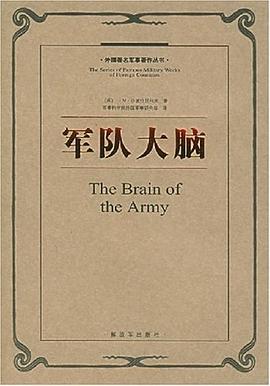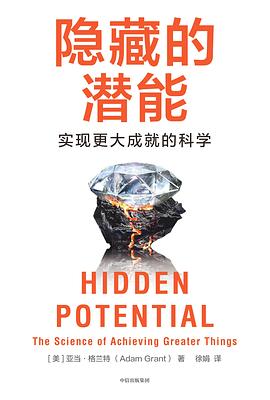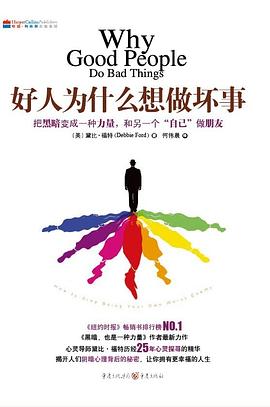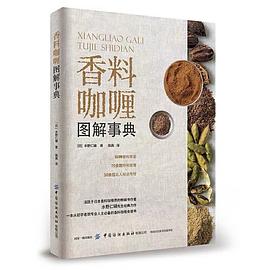The Silmarillion
内容简介
A number-one New York Times bestseller when it was originally published, The Silmarillion is the core of J.R.R. Tolkien's imaginative writing, a work whose origins stretch back to a time long before The Hobbit.
Tolkien considered The Silmarillion his most important work, and, though it was published last and posthumously, this great collection of tales and legends clearly sets the stage for all his other writing. The story of the creation of the world and of the First Age, this is the ancient drama to which the characters in The Lord of the Rings look back and in whose events some of them, such as Elrond and Galadriel, took part. The three Silmarils were jewels created by Feanor, most gifted of the Elves. Within them was imprisoned the Light of the Two Trees of Valinor before the Trees themselves were destroyed by Morgoth, the first Dark Lord. Thereafter, the unsullied Light of Valinor lived on only in the Silmarils, but they were seized by Morgoth and set in his crown, which was guarded in the impenetrable fortress of Angband in the north of Middle-earth. The Silmarillion is the history of the rebellion of Feanor and his kindred against the gods, their exile from Valinor and return to Middle-earth, and their war, hopeless despite all their heroism, against the great Enemy.
This second edition features a letter written by J.R.R. Tolkien describing his intentions for the book, which serves as a brilliant exposition of his conception of the carlier Ages of Middle-earth.
This is the story of the First Age, the ancient drama to which characters in "The Lord of the Rings" look back.
......(更多)
作者简介
John Ronald Reuel Tolkien, CBE, was an English writer, poet, WWI veteran (a First Lieutenant in the Lancashire Fusiliers, British Army), philologist, and university professor, best known as the author of the high fantasy classic works The Hobbit and The Lord of the Rings .
Tolkien was Rawlinson and Bosworth Professor of Anglo-Saxon at Oxford from 1925 to 1945, and Merton Professor of English language and literature from 1945 to 1959. He was a close friend of C.S. Lewis.
Christopher Tolkien published a series of works based on his father's extensive notes and unpublished manuscripts, including The Silmarillion . These, together with The Hobbit and The Lord of the Rings, form a connected body of tales, poems, fictional histories, invented languages, and literary essays about an imagined world called Arda, and Middle-earth within it. Between 1951 and 1955, Tolkien applied the word "legendarium" to the larger part of these writings.
While many other authors had published works of fantasy before Tolkien, the great success of The Hobbit and The Lord of the Rings led directly to a popular resurgence of the genre. This has caused Tolkien to be popularly identified as the "father" of modern fantasy literature—or more precisely, high fantasy. Tolkien's writings have inspired many other works of fantasy and have had a lasting effect on the entire field.
In 2008, The Times ranked him sixth on a list of "The 50 greatest British writers since 1945". Forbes ranked him the 5th top-earning dead celebrity in 2009.
Religious influences
J.R.R. Tolkien, was born in South Africa in 1892, but his family moved to Britain when he was about 3 years old. When Tolkien was 8 years old, his mother converted to Catholicism, and he remained a Catholic throughout his life. In his last interview, two years before his death, he unhesitatingly testified, “I’m a devout Roman Catholic.”
Tolkien married his childhood sweetheart, Edith, and they had four children. He wrote them letters each year as if from Santa Claus, and a selection of these was published in 1976 as The Father Christmas Letters . One of Tolkien’s sons became a Catholic priest. Tolkien was an advisor for the translation of the Jerusalem Bible .
Tolkien once described The Lord of the Rings to his friend Robert Murray, an English Jesuit priest, as "a fundamentally religious and Catholic work, unconsciously so at first, but consciously in the revision." There are many theological themes underlying the narrative including the battle of good versus evil, the triumph of humility over pride, and the activity of grace. In addition the saga includes themes which incorporate death and immortality, mercy and pity, resurrection, salvation, repentance, self-sacrifice, free will, justice, fellowship, authority and healing. In addition The Lord's Prayer "And lead us not into temptation, but deliver us from evil" was reportedly present in Tolkien's mind as he described Frodo's struggles against the power of the "One Ring.''
......(更多)
目录
Foreword vii
Preface to the Second Edition x
Ainulindale 13
Valaquenta 23
Quenta Silmarillion
I Of the Beginning of Days 35
II Of Aule and Yavanna 43
III Of the Coming of the Elves and the Captivity of Melkor 47
IV Of Thingol and Melian 55
V Of Eldamar and the Princes of the Eldalie 57
VI Of Feanor and the Unchaining of Melkor 63
VII Of the Silmarils and the Unrest of the Noldor 67
VIII Of the Darkening of Valinor 73
IX Of the Flight of the Noldor 78
X Of the Sindar 91
XI Of the Sun and Moon and the Hiding of Valinor 98
XII Of Men 103
XIII Of the Return of the Noldor 106
XIV Of Beleriand and its Realms 118
XV Of the Noldor in Beleriand 125
XVI Of Maeglin 131
XVII Of the Coming of Men into the West 140
XVIII Of the Ruin of Beleriand and the Fall of Fingolfin 150
XIX Of Beren and Luthien 162
XX Of the Fifth Battle: Nirnaeth Arnoediad 188
XXI Of Turin Turambar 198
XXII Of the Ruin of Doriath 227
XXIII Of Tuor and the Fall of Gondolin 238
XXIV Of the Voyage of Earendil and the War of Wrath 246
Akallabeth 257
Of the Rings of Power and the Third Age 283
Tables 305
Genealogies
I The House of Finwe
II The Descendants of Olwe and Elwe
III The House of Beor
IV and V The House of Hador and The People of Haleth
The Sundering of the Elves
Note on Pronunciation 310
Index of Names 313
Appendix Elements in Quenya and Sindarin names 355
Map of Beleriand and the Lands to the North 366
......(更多)
读书文摘
不过,福乐欢欣的生活不到终结便无可传述,正如美丽奇妙的造物只要还存于眼前,自身便是活生生的记录,惟有陷入危境或永久损毁,才会进入歌谣。
......(更多)






